Strangers in a Strange Land
A multidisciplinary exhibition about being female in a world narrated by and designed for men. Unfinished Art Space presents its biggest project-exhibition to date; a feminist programme of events and the first temporary exhibition tQo be hosted by MUŻA, Malta’s National Community Art Museum. Strangers in a Strange Land forms part of Spazju Kreattiv's Art+Feminism 2020 Project, in collaboration with Wikimedia Community Malta, M3P Foundation and the Gabriel Caruana Foundation, which includes a series of curated exhibitions across three sites presenting new works by both established and emerging women artists.
Artists: Barumbara Collective, Charlene Galea with Etienne Farrell, Roxman Gatt, Letta Shtohryn
Exhibition Design: Tom van Malderen
Written Contribution: Bettina Hutschek
Curator: Margerita Pulè
14 February - 8 March 2020
MUŻA, Auberge d'Italie, Merchant St, Valletta
Supported by Arts Council Malta’s Malta Arts Fund - Project Support Grant, as well as Express Trailers and Soroptimist International Malta.
It may seem tiresome and even a bit passé to again be confronted with a feminist argument – it’s easy to think that with gender quotas and equal rights, feminism has lost its validity. Sadly though, the message that gender inequality still exists bears repeating; yes, generations of feminists have inched us closer to equal rights, but the world’s default is still very much one rooted in a patriarchal reality.
Indeed, it would be over-simplistic to insist upon a male-female binary divide and thus reinforce stereotypes of masculine and feminine behaviour. A fluidity of genders and identities now allows for a greater freedom of behaviour and opportunities than ever before. However, it would be equally disingenuous to pretend that women are not still experiencing discrimination and micro-bigotries on a daily basis – prejudices that even the most enlightened (but automatically privileged) man may not be aware of. Make no mistake; the thousand tiny cuts of chauvinism – the expectations of how women should behave and what men are entitled to - are still very much ingrained in our societies.
That is the context for this project; to attempt to unravel some of the gender-based values that exist around us. Strangers in a Strange Land refers to the hundreds of negotiations that women make as part of their daily lives – often without even being conscious of them – to navigate in a context where the default is almost without exception a male version of the world. This can range from small irritations like air-conditioners being set too cold for women, to more significant inequalities like inbuilt algorithmic prejudices, medical misdiagnoses or a misrepresentation of sexual violence against women.
The name of the exhibition refers to a Biblical passage where Moses names his firstborn son Gershom, or ‘stranger’ in reference to the Exodus, because he himself had been ‘a stranger in a strange land’. It is also the title of a science-fiction novel by Robert A. Heinlein about a human born on the planet Mars and raised by Martians, who comes to Earth in early adulthood.
What can we make of these stories? [Apart, of course, from the maleness of their protagonists]. Is it an exaggeration to claim that women are, like Gershom’s name, trapped in a perpetual exodus, never arriving, and never fully at home? Or that they are surrounded by an alien world, raised on Mars, and unable to cope with the cultures and concepts of the planet Earth?
Take even the proud sub-title of the city of Valletta, in which the exhibition takes place; a city ‘built by gentlemen for gentlemen’. If the city if built for gentlemen, what should the women do? Act like gentlemen in order to ‘fit it?’ Or restrict themselves to the edges of the peninsula, so as not to appear out of place. These arguments may seem facetious, but actually they serve as a useful metaphor for women’s perpetual necessary state of ‘clawing back’ their identity, rights and existence from society’s imbalanced status quo.
The works in this exhibition are at once personal and political, having been developed through research, and through the personal experiences of the artists themselves. Some diverge from the feminist standpoint to encompass many other elements of identity, authority and interaction, seeing the grey areas between the male-bad female-good dichotomy. Others are much more direct – militant almost – in their approach; others are based on hard facts and empirical data gathered by the artist.
The divergence of work and discipline reflects the balance that we – as women – attempt to strike daily. Walking the streets of a world built by and for gentlemen, we also must negotiate between the personal and the political, as we traverse broad interactions and intimacies alike.








![Roxman Gatt, Warrior Heart Geart (2) (2019), Ride [Broom Broom] (2019). Photo Elisa von Brockdorff](https://images.squarespace-cdn.com/content/v1/614a12239cb41b6d79dfd919/1632332684427-86NJ2AMNYATNCRYYGP00/ef7b3758_orig.jpg)